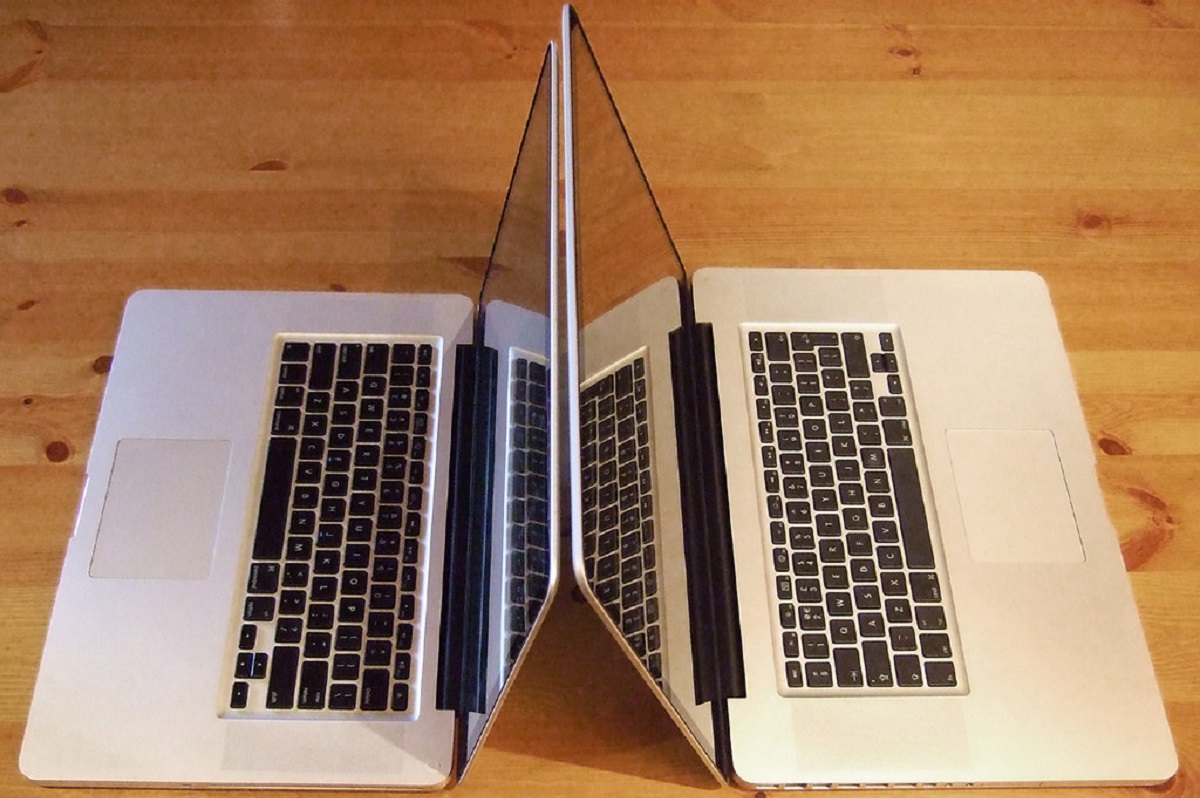
Apple Inc. has opted to embed its own, in-house developed M1 chipset for the new MacBook, iMac, and Mac Mini computers. Hence, moving ahead, macOS users will have to pay closer attention to the “Kind” of apps they are running on their devices to get the best possible performance.
After many years of partnering with Intel for its processors, Apple Inc. is now deploying its own, proprietary SoC (System on a Chip), called the M1. The company is already deep in the development of the M1X, and quite possibly the M2 as well.
Apple Inc. no longer relies only on Intel CPUs, and this has a huge impact on the optimization of software and apps:
Until recently, the computers Apple Inc. made, all had Intel CPUs. The company may offer different iterations, each with different processing power.
However, all the personal computers that Apple Inc. made, including the MacBook, iMac, and Mac Mini, had Intel CPUs. While Intel made all the processors and integrated graphics cards for Apple, AMD produced the dedicated graphics cards for certain premium machines.
If Adobe apps are compatible with Apple Silicon, WHY DO I NEED TO INSTALL ROSETTA to install Apple Silicon compatible apps?! @Adobe pic.twitter.com/v041iR7YFm
— Alessandro Smedile (@alexsmedile) August 26, 2021
All that has changed with the arrival of the Apple M1 chipset. The Apple M1 is not just a CPU but a whole chipset. It basically means Apple Inc. has successfully combined its own processor, graphics card, memory, and more, on a single board.
Apple Inc. has always designed macOS in-house. This allowed the company to control every little aspect of the operating system. Moreover, it also allowed Apple Inc. to finetune and optimize the way apps interface with hardware.
I dunno if you reply to mentions, but @AdobeUK @creativecloud , when will Dimension be available to use on Apple Silicon Macs? Its one of the only apps i need that doesnt have M1 support, and my Intel one is so bad. M1 is made for this stuff.
Srs question btw, not complaining pic.twitter.com/p8OJeloHJu
— Jake is trying his best. 🏳️🌈💙🖤 (@jpdfive) August 25, 2021
With the arrival of M1, Apple Inc. has fundamentally redesigned the macOS. It now works optimally with the new M1 chipset. Needless to mention, Apple could continue developing its own processors basing them on the ARM Architecture.
This means developers who once optimized apps for Intel will have to finetune their creations for the M1 and future chipsets that Apple will design and embed in its desktop computers.
It is high-time macOS users understand the “Kind” of apps running on their new M1-based Apple computers:
As previously reported, Apple App Store for the macOS now has two types of apps: Universal and Intel. As the name suggests Universal or Apple Silicon apps are optimized for both Intel and M1 chipsets.
You can still run Intel-based apps on Apple silicon — here's how! https://t.co/FtmrqL9Fzm
— Samiul Hassan (@samiulhassan) August 22, 2021
Meanwhile, Intel apps will work best on Intel machines. It is important to note that all macOS apps will work on Intel CPUs as well as M1 chipsets. But for the newer M1-based Mac computers to run Intel apps, the Rosetta 2 instructions are needed.
So @phpstorm is was SOOO slow on my new MacBook Air 2020 (8GB).
I did not realize there was a Apple Silicon version of PhpStorm.I just downloaded it and it looks so much faster than the Intel version!
Why don't apps give warnings when they see the 'wrong' version is installed?
— Peter van Westen (@RegularLabs) September 6, 2021
Hence, moving ahead, new owners of Apple computers will have to pay closer attention to the “Kind” of apps that are running on their devices.
To check, click the Apple logo in the top left corner, hold down the Option key, then choose System Information. Under Software, click Applications. There will be a complete list of apps installed on the macOS computer.
I don't know who needs to hear this but if you are using the old (Intel binary) @rubymine on an Apple M1 chip via Rosetta 2 (you know who you are)… STOP! Thank the heavens @jetbrains has released the Apple M1 build for @rubymine and redownload it https://t.co/5uSqRE08vz pic.twitter.com/MN1X0x6QOz
— J. Fleetwood-Boldt (@jaflebol) August 23, 2021
The “Kind” tab is important. It is usually located at the very end on the right-hand side. The tab will reveal if the app is Intel or Universal. Simply click on the Kind tab to sort the apps.
The simple rule of thumb is to get as many Universal apps as possible for the new Apple macOS computer. Incidentally, developers have started offering two variants of their apps on the Apple App Store. Hence, given a choice, opt for the Universal variant for optimum performance.


